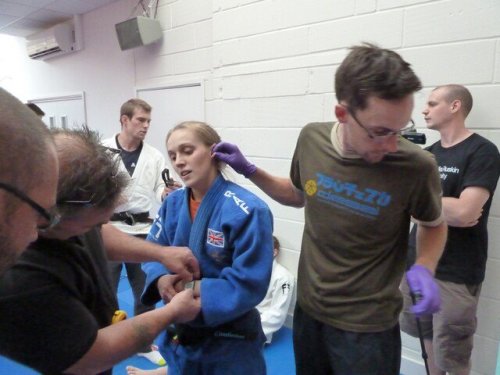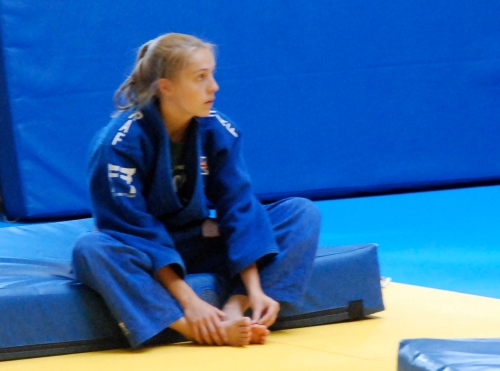A new research project I am embarking on is considering the use of training load in judo. I am working with one of Comberton judo clubs coaches/athletes who is a student at Anglia Ruskin University where I lecture.
What is training load?
In it’s most simple form training load is the amount (volume) and the intensity (how hard you work) of training in a given period, often a day, week, or month. It has been suggested that training load monitored well can help predict injury (Gabbett, 2016; Gabbett & Domrow, 2007) but other reasons include appropriate planning and ‘peaking’ for an event.
For a few years now I have monitored athletes training load and in recent years I have considered training load in terms of fatigue (chronic/28days) and fitness (acute/current daily load). I started doing this using dropbox and excel, then moved to google docs and I am currently using Athlete Analyser. The numbers we get from the athlete are basic, number of hours training and intensity (RPE), this worked in google docs and excel pretty well but now that we’re collaborating with Athlete Analyser it is much easier and we can collect a lot more data.
Reading the data…
The numbers produce a graph and this allows us to consider training status and likelihood of injury. Once we have collected more data I will write a blog post showing how we use the graphs to predict injury and plan a taper.

Figure 1: Screenshot of training load take from Athlete Analyser.
What is our research looking at?
Myself and Holly have been working with the team at Athlete Analyser to develop these training insights because one of the issues we faced with dropbox and google docs was athlete adherence, they’d constantly need chasing up to fill in the documents whereas now the Athlete Analyser app alerts them on any smart phone and reminds them to record their data.
Our research project, which is part of Holly’s final year project at Anglia Ruskin university, is considering training load as a predictor of injury and a variety of other assessments that might help us predict or avoid injury such as strength, functional movement, percentage body fat, flexibility and cardiovascular fitness. We also work closely with our club physio Ben Whybrow in terms of injury prevention, I am closely monitoring the taper to see if we can develop research on this and I am working with a masters student on some periodisation research that I will write about in another post. Our participants in the study are full-time athletes and AASE athletes at Comberton Judo Club.
I’ll be posting more about this research and other work we’re doing in due course! Please ask any questions int he comments below.



























